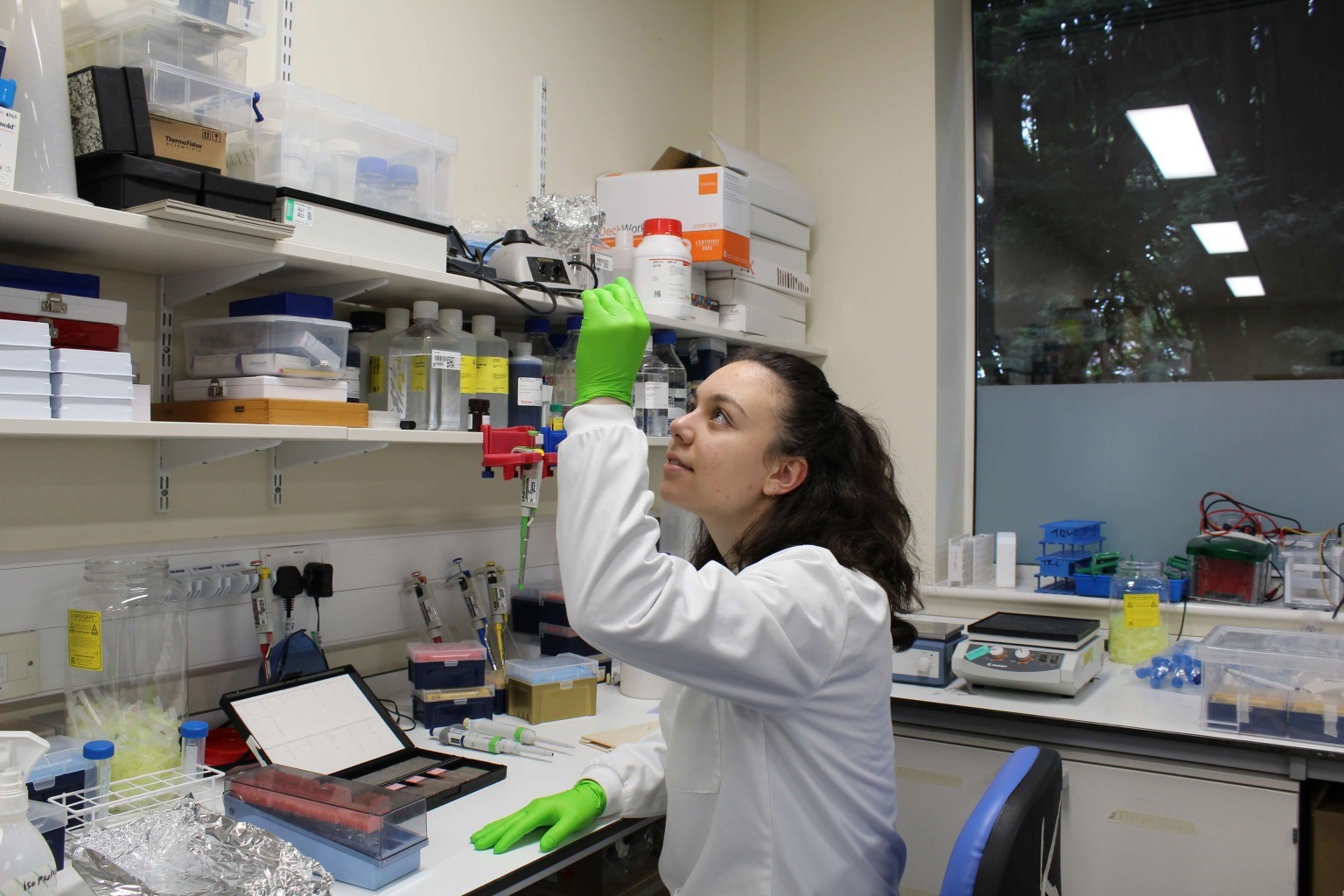
Celebrating the International Week of Science and Peace
Tatiana Charikleia Styliari

Many of us have had the experience of an orchestral concert where all musicians are nicely synchronized to create amazing symphonies. The very word symphony is a combination of the Greek words syn + phone (together + voice), indicating how, by fine-tuning different instruments notes, a single melody is created.
An Israeli team led by Professor Moti Fridman developed a model that can predict how we respond to desynchronization. The experimental set-up included sixteen professional musicians playing electric violins. They received the output of their instrument in their headphones and were progressively allowed to listen to more players. Things got interesting when the scientists started introducing a delay in the sounds, forcing the person listening to try to catch up or delay their music to synchronize with the orchestra. As you can imagine, this delay and asynchronicity were not possible to be followed and corrected eternally, and the scientists marked the subjects “breaking point”. The team used simulation and data analysis tools to decode these patterns and updated a previously used equation that predicts this behavior by adapting for an “exponential decay in time” (a delay on the input sound introduced at specific time points).
This study is crucial for several aspects of our lives beyond music. There have been studies showing that when brokers invest in tune with others in the stock market they earn more money or the classic example of people walking on the Millennium bridge in London who, when in sync, created vibrations that made it move beyond the engineers intentions.
We can only wait and see more studies implementing this equation.

Tatiana Charikleia Styliari


Katerina Britzolaki

Athina Lisgara